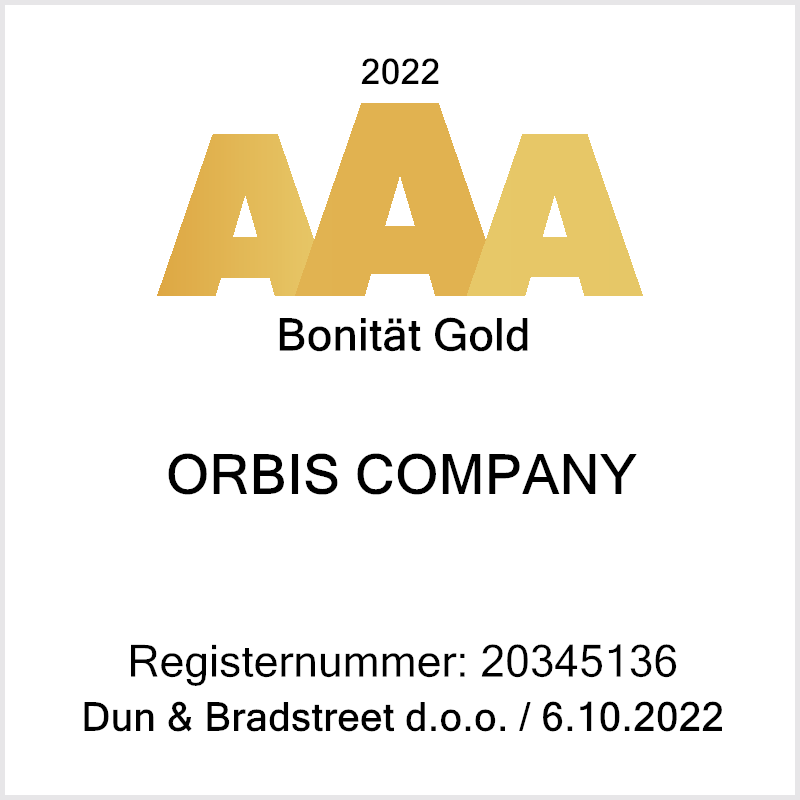Similar to last year’s Paris tour plan, this is my proposal for a stay in Istanbul.
Day I –
From Ataturk Airport, you can go to the center by metro line M1a to Aksaray station. From there to the hotel it is a little more than half an hour on foot through the main street of Byzantine Constantinople, which was then called Mese (middle) and now it is called Ordu (Vojnička) caddesi (read: jadesi – so zada, big street), and a little further Yeniceriler caddesi (Janičarska street), and even further Divan yolu. A big crowd should be expected. In doing so, the following important buildings are passed by:
- Aksaray Valide Sultan Mosque (valide sultan: mother of the sultan) (19th century – Turkish Rococo)
- Laleli Mosque (18th century – Baroque)
- Luxury Wyndham Istanbul Old City Hotel
- Forum of Theodosius (4th century – antiquity)
- Mosque of Sultan Bayazit II (16th century)
- Kapali carsi (Kapali czarshi: covered market) – 15th century
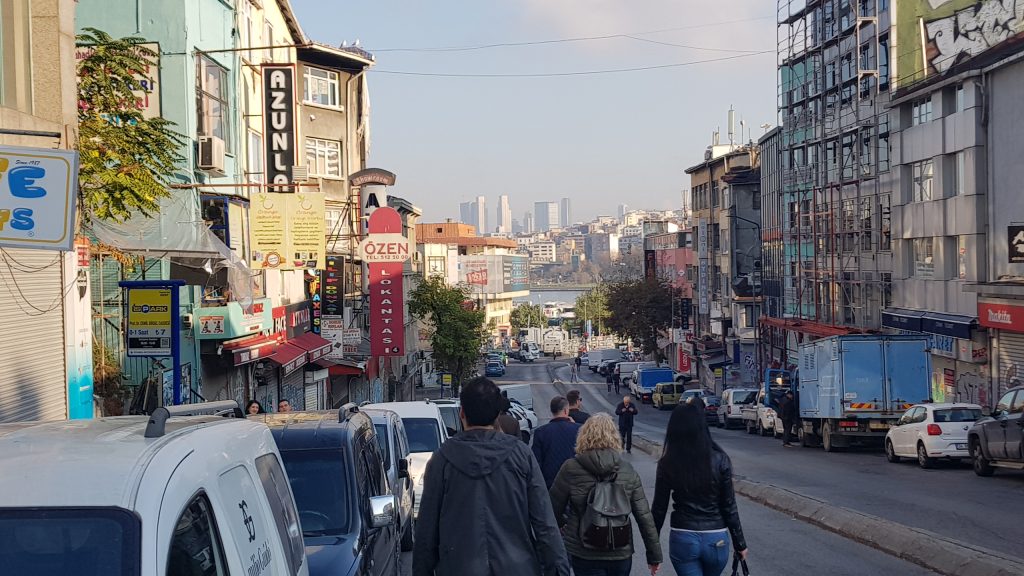
The hotel is close to Kapali bazaar. After check-in at the hotel, free time. Kapali bazaar closes at 19:00. The Mosque of Mehmed Pasha Sokolović (in Turkish: Sokollu Mehmet pasa) is very close to the hotel, if anyone wants to see it, but I suggest continuing the walk along Yeniceriler caddesi, to the Hagia Sophia area and Sultan Ahmet’s (“Blue”) Mosque. In the evening, it seems to me, there is an interesting area southeast of the Blue Mosque.
Day II –
A day dedicated entirely to the old city center, the area that is now called Fatih. After breakfast we go again on Yeniceriler caddesi to Hagia Sophia. You pass by Constantine’s column – Chamberilitaš (literally: wrapped stone, 4th century), which is the rest of Constantine’s forum, a square from the time of the Roman Empire, and other points of interest to the central zone with the biggest landmarks, which we will enter:
- Sultan Ahmet’s Mosque, known as the Blue Mosque (17th century).
- Remains of the Hippodrome from the time of the Roman Empire (3rd century)
- Hagia Sophia (Byzantium, 6th century). It is the former main Orthodox church. In the 13th century there was a Catholic church. It was a mosque from the 15th to the 20th century. From Atatürk to today, it is a museum.
- Topkapi Palace (15th century). The former court of the Ottoman sultans.
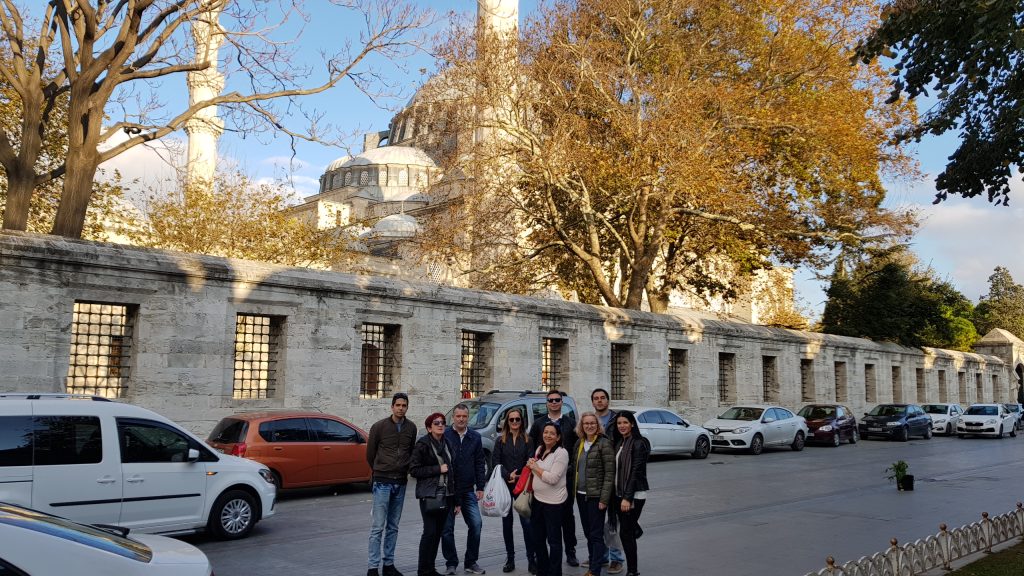
After leaving Topkapi Palace, we go through Gulhane Park to Sirkeci Railway Station (the terminus of the Orient Express) where there is now a railway museum. Behind that station is the former hamam (public bath), which today is called the Hoxapasa Cultural Center. Dervish dances are held both in Sirkeci station and in the Hoxapasa center, so anyone who is interested can see the schedule and immediately get tickets for one of the later performances.
We go out to the Golden Horn Bay, in the Eminonu area to the Galata Bridge. There we will see the Yeni (new) mosque (16-17th century) and the picturesque spice market – Misir Çarşisi (Egyptian bazaar). After that we go uphill through the city streets to the Suleymaniye Mosque (16th century). After it, we go past the university, to the Kapali bazaar. Leisure. I recommend getting lost in the Kapali bazaar, and for those who manage to get out and have time, for an evening outing I recommend Istiklal street in the Beyoglu area, north of the Golden Horn, which is planned for the next day.
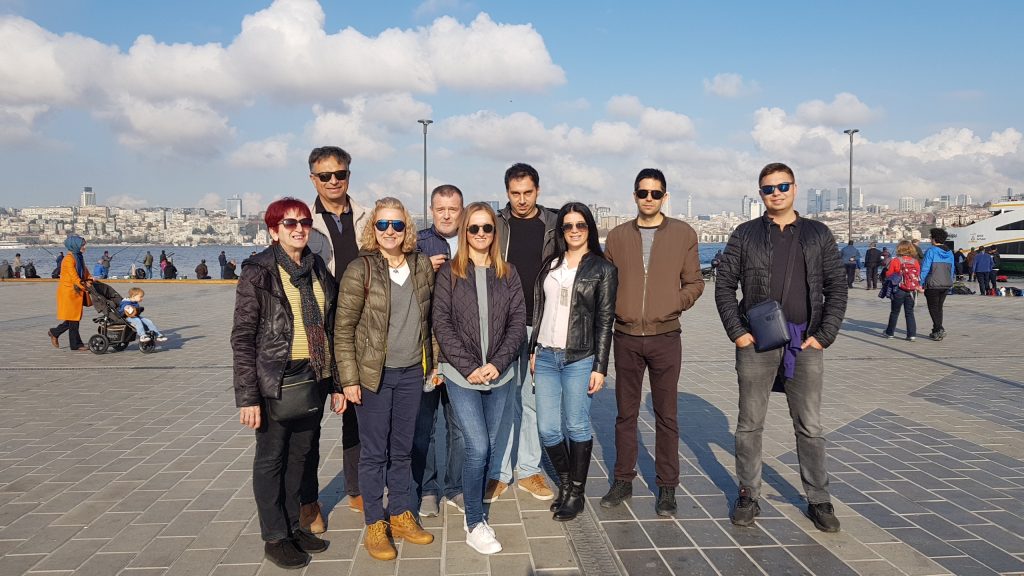
The nearest metro station is Wenzelizer for metro M2, then to Sishane or Taksim station. Another recommendation is the cosmopolitan neighborhood of Nisantashi. Go to Osmanbey station, the first one after Taksim. The city’s liberal elite, intellectuals, wealthier residents and foreigners live there, and in the past Levantines (Westerners), Greeks, Armenians, and later Turks and Sabbatians expelled from Thessaloniki. Today there is a prestigious school that was founded in Thessaloniki as the first private, secular school and where the teaching staff consisted of free-thinking Sabbateans, evolved followers of the false messiah from the 17th century. Atatürk went to that school in Thessaloniki. There are interesting examples of Art Nouveau architecture in Nishantashi. The main shopping street in the neighborhood is Abdi Ipekci Street.
Day III –
A day dedicated to other interesting parts of Istanbul: in the morning Uskudar (Iskidar) on the Asian side, and in the afternoon the Beyoglu district (former Greek name: Pera) on the European side, which has always had a distinctly cosmopolitan character.
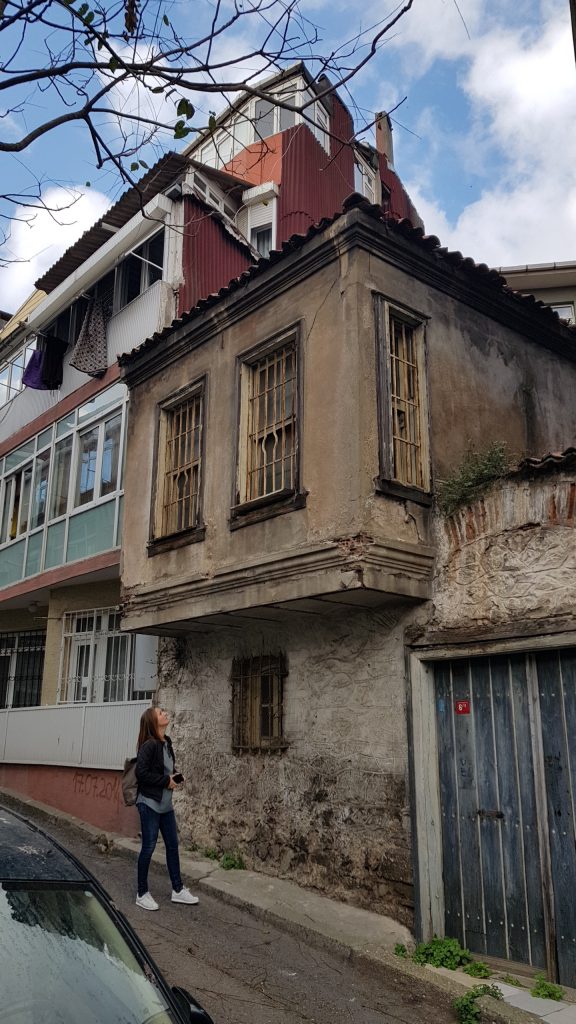
On foot from the hotel next to the Kapali bazaar, for example, through the Uzun carsi caddesi (= long shopping street) to the Eminonu area, where there is a port with romantic ferries that go across the Bosphorus. We take the ferry to Iskidar on the Asian side. A short walk through the alleys of Iskidar, then back by ferry, probably to Eminon again. On foot over the Galata Bridge past the eternal fishermen from the bridge, we arrive in the part of Beyoglu that is now called Karakoy (the old Greek name is Galata). We go to the Galata tower (Genoese tower, 14th century), then to the pedestrian street Istiklal (former name: Grand Rue de Pera), which is full of liveliness, cafes, attractions, and diverse architecture. Some points of interest are:
- Catholic Church of St. Antoine (arch. Giulio Mongeri)
- Historic Galatasaray Hamam.
- Behind the hammam is the Museum of Innocence, which Orhan Pamuk envisioned as a unique work of art with the novel of the same name. The reader is expected to look at the exhibits to better understand the novel.
- Street performers
- Funny ice cream sellers
- Čiček (flower) passage and other passages and restaurants.
- Nostalgic tram
- Galata Mevlevi Museum (on Sundays at 17:00 there is a dervish dance, but tickets should be purchased as early as possible)
At the end of that street is Taksim Square. At the other end of the street is the station for the so-called The tunnel, sometimes considered the second oldest subway in the world, after London, and still in operation today. Leisure.
Day IV –
A weekday is a good day to go to rich, modern, business Istanbul. We take our things from the hotel and go to the Wenzelizer metro station and take the M2 metro to the Levent station. Similar to Paris’s La Defense, Levent is a contemporary business district with modern skyscraper architecture, and there is also a famous shopping center – Kanyon, one of the most luxurious.
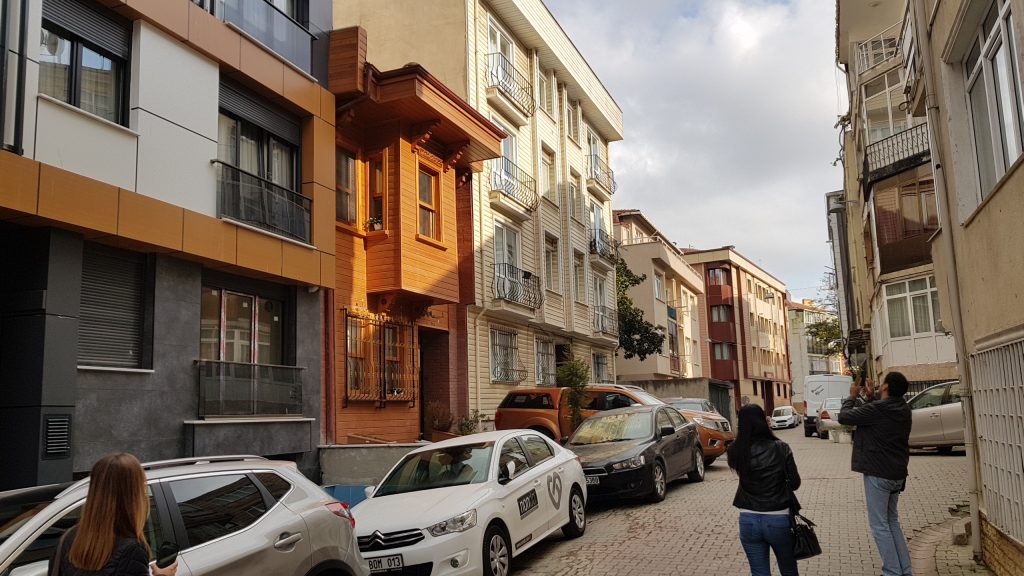
When it was built, ten years ago, Kanyon received an architectural award as the most successful building in the world in its category. Return – Take Metro line M2 to Yenikapi station, then change to line M1a to Ataturk Airport.
A Few More Suggestions
Here are a few more suggestions, which I didn’t manage to include in the schedule so that it wouldn’t be too dense, but they are recommended, if anyone wants:
- Fener quarter (Fanar in Greek, meaning in Serbian: lantern) which is semi-abandoned today, and where mostly the wealthier Greek population lived – Phanariots. Fener is on the coast of the Golden Horn, in the old city center – Fatih. The houses are very picturesque with nice docks. The Ecumenical Patriarchate and other churches and synagogues are located there, and the Greek Gymnasium is still active in the central place.
- Dolmabahçe Palace (19th century, Turkish Baroque, Turkish Rococo). The pro-European, liberal Sultan Abdulmejid I moved the court from Topkapi Palace there in the middle of the 19th century.
- The largest shopping center in Europe – Cevahir. It is only a few kilometers from Levent and the Kanyon shopping center, that is, only two metro stations and that is towards the center, in the direction of the Airport. Metro M2, Sisli station, and you can also walk from Levent.
